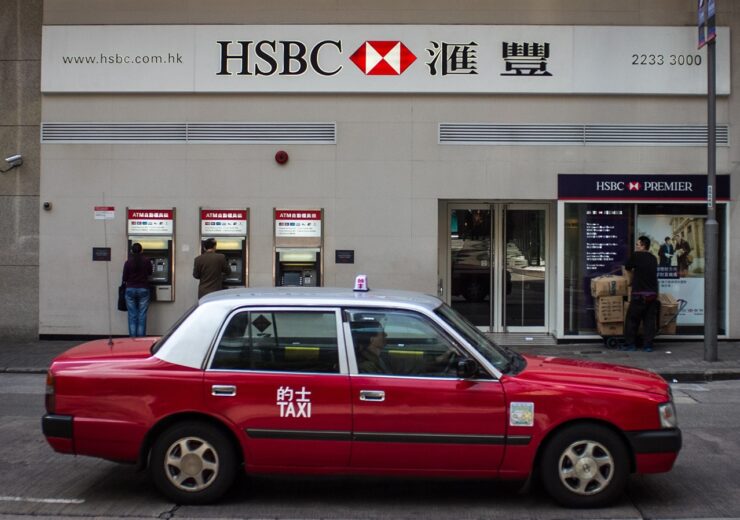The new tool iCash uses machine learning algorithms to calculate cash needs across a network of 1,200 ATMs in Hong Kong

An HSBC branch in Hong Kong. (Credit: HSBC Group.)
UK-based banking giant HSBC has deployed iCash, a new artificial intelligence-based (AI) forecasting tool for cash supply across its network of 1,200 ATMs across Hong Kong.
The data-driven tool uses AI to forecast cash withdrawals, enabling the bank to refill the ATMs with cash more accurately and efficiently.
As per HSBC, the tool addresses a challenge to predict the need for cash at each ATM to meet the demand from customers.
The historical processes also involved manual creation of forecasts for demand, where the ATMs could run out of cash, or in returning excess amounts which in turn caused unnecessary delivery costs.
The new tool iCash uses live data from ATMs and predictive machine-learning algorithms which take into account seasonality, holidays, public events, location and recent withdrawal trends to calculate how much cash might be needed at particular ATMs.
HSBC wealth and personal banking (wpb) operations global head Chris Trill said: “iCash provides a more reliable cash service to customers by making sure we have the right amount of cash in the right place.”
“iCash is a game-changing digital solution that improves the customer experience, while unlocking both man-hour and vendor savings. It also reduces the risk of robbery by moving away from scheduled cash deliveries.”
iCash visualizes withdrawal patterns to help the bank respond to cash needs
iCash’s dashboard provides live visualistations of withdrawal patterns and is claimed to help the bank’s Treasury team to respond more precisely to demand and reduce lead times on cash replenishment from up to 36 hours down to 15 minutes.
Developed entirely in-house by HSBC’s operations and technology teams, the bank claims to have already reduced 15% in refill trips, saving nearly $1m a year in third-party deliveries.
With further developments to the iCash tool, the bank is planning to roll out the new service across other markets.
